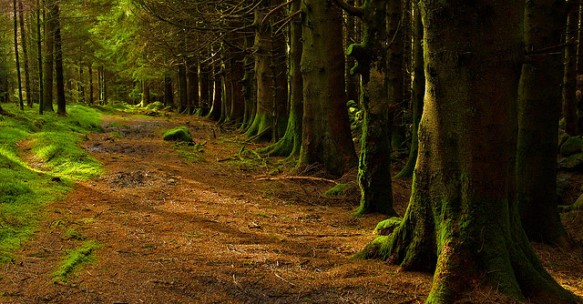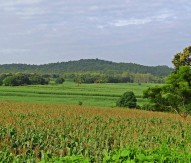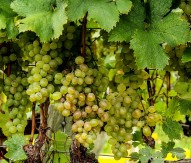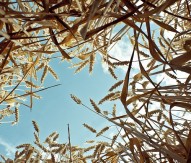
Large mammals were architects of prehistoric ecosystems
In a study part-funded by the European Research Council, researchers at Denmark’s Aarhus University have demonstrated that the large grazers and browsers of the past created a mosaic of varied landscapes consisting of closed and semi-closed forests and parkland.
The biologists behind the new research findings synthesised decades of studies on fossil beetles, focusing on beetles associated with the dung of large animals in the past or with woodlands and trees. Their findings reveal that dung beetles were much more frequent in the previous interglacial period (from 132,000 to 110,000 years ago) compared with the early Holocene (the present interglacial period, before agriculture, from 10,000 to 5,000 years ago).
“One of the surprising results is that woodland beetles were much less dominant in the previous interglacial period than in the early Holocene, which shows that temperate ecosystems consisted not just of dense forest as often assumed, but rather a mosaic of forest and parkland,” said postdoctoral fellow Chris Sandom.
Professor Jens-Christian Svenning explained: “Large animals in high numbers were an integral part of nature in prehistoric times. The composition of the beetles in the fossil sites tells us that the proportion and number of the wild large animals declined after the appearance of modern man. As a result of this, the countryside developed into predominantly dense forest that was first cleared when humans began to use the land for agriculture.”
If people want to restore self-managing varied landscapes, they can draw on the knowledge provided by the new study about the composition of natural ecosystems in the past.
“An important way to create more self-managing ecosystems with a high level of biodiversity is to make room for large herbivores in the European landscape – and possibly reintroduce animals such as wild cattle, bison and even elephants. They would create and maintain a varied vegetation in temperate ecosystems, and thereby ensure the basis for a high level of biodiversity,” said senior scientist Rasmus Ejrnæs.






